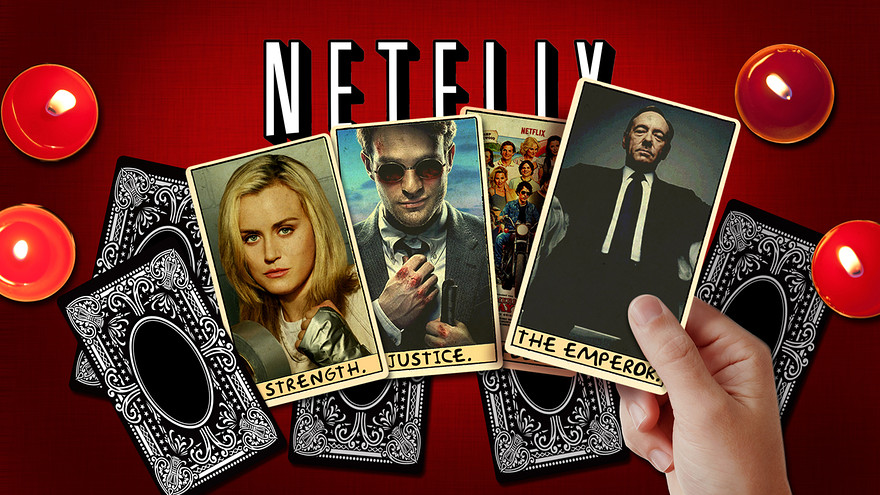Netflix ($NFLX) to Pull Plug on Final Data Center
Netflix Inc. said it plans to shut down the last of its data centers by the end of the summer, which will make it one of the first big companies to run all of its information technology remotely, in what’s known as the public cloud.
“For our streaming business, we have been 100% cloud-based for customer facing systems for some time now, and are planning to completely retire our data centers later this summer,” the company said in an email to CIO Journal.
Corporate use of the public cloud, in which users share the resources of a service provider, is rising. But many companies still run sensitive software in their data centers or in private clouds, in which a company has dedicated cloud resources from a third-party or within its own premises. Many companies weave all of these assets together in what is known as a hybrid arrangement. While some smaller companies and startups are known to rely entirely on the public cloud, few large corporations do.
Source: Netflix to Pull Plug on Final Data Center – The CIO Report – WSJ

